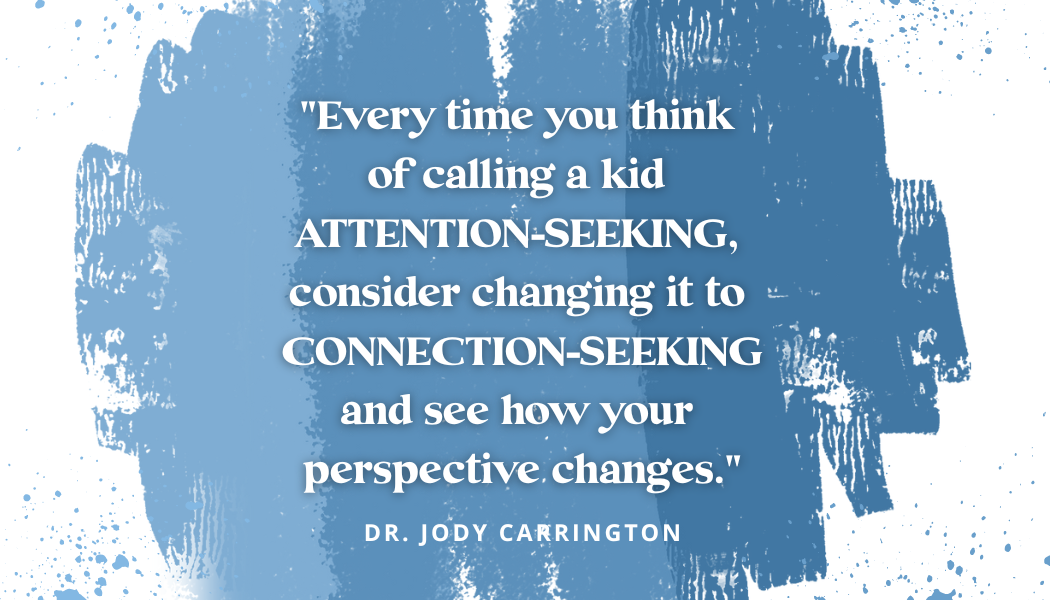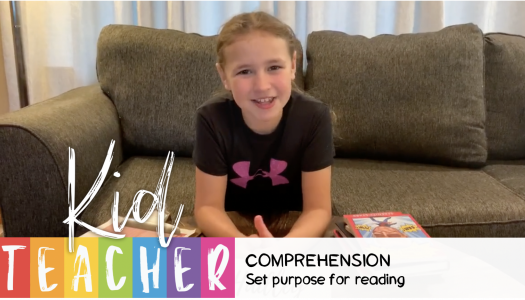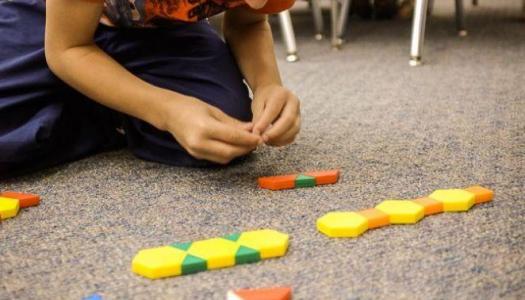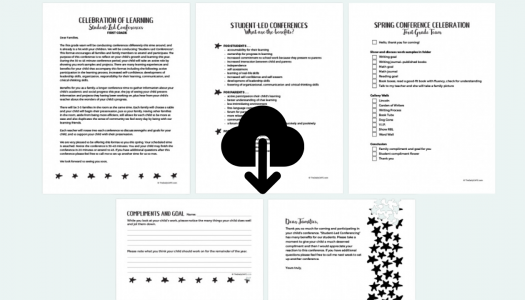
Allison Behne
We have all been there . . . teaching a lesson when a child blurts out, or distracts others, or even just gets up and walks away. We know this child and know that if we engage, their behaviors will most likely escalate. Yet we can’t ignore the behavior. What do we do?
In my first years of teaching I thought it was just me. I would leave school at the end of the day thinking I was failing as a teacher. If I was the dynamic educator I wanted to be, my students would be fully engaged in my lessons, and off-task behavior wouldn’t be a thing.
As time went on, I searched for answers. If anything sounded remotely like it might work, I tried it! Writing names on the board, taking away recess, positive reinforcement, proximity, treasure box, snacks, extra recess, daily reports home. And of course I tried the behavior chart with colored cards that shared what kind of day each student was having. Some of these techniques failed miserably, and with some I experienced short-term success. However, as you’ve probably already figured out, I didn’t find the answer in any of those ideas, so the quest continued. Actually, let me be honest, the quest continues.
Can you relate? I am guessing that if you work in a classroom, teaching humans, you can relate to some if not all of the above. We know that what works for one group of students won’t necessarily work for another. In fact, we know that what works one day for a group of children may not work the next day. And, we know that kids want to be good. Even though some days it might seem like it, no child wakes up in the morning thinking, What can I do today to make sure I cause my teacher to be overly stressed while I also take away a great learning opportunity for the rest of my peers? Ha ha. Like I said, it might seem like it some days, but deep down we know that is never our students’ intent. Children want to be good.
This leads me to a quote from Dr. Jody Carrington that was posted on Facebook recently. It said, “Every time you think of calling a kid ‘attention-seeking’ this year, consider changing it to ‘connection-seeking’ and see how your perspective changes.” I read that a few times and felt the power of that statement to my core. So often in the situations described above, I have responded as though the child was attention seeking. Even when my response was patient and kind, my belief most often was that the child was capable yet had made a choice to act out. I couldn’t have been more wrong.
Upon further research into Dr. Carrington, we found that she is a child psychologist who works to support educators in their work with children. She has authored two books, Kids These Days and Teachers These Days, and has a third book (Feeling Seen) being released in January. Her quote on Facebook led us to reading her books and having extensive conversations around their content. To put it simply, we believe every educator and parent will benefit from reading her work.
And, we took it a step further. Gail reached out to Dr. Carrington and met with her in a candid interview about her books. Let us just say, Wow. Dr. Carrington has a lot of great knowledge to share, and we see now more than ever how the teaching and learning practices in Daily 5 and CAFE align with the shift required to “get it right,” as she says.
This week we are sharing that interview with you. [Find it in the News section below.] In the coming weeks we will have two coaching sessions that dive more deeply into the content of the interview, Dr. Carrington’s books, and how we can “get it right” with the students in front of us. We are thrilled to share this with you and can’t wait to hear what you think! Watch the interview and share your takeaways, thoughts, and questions on our discussion board.
News From The Daily CAFE
Interview with Dr. Jody Carrington
Student-Led Conference Documents







